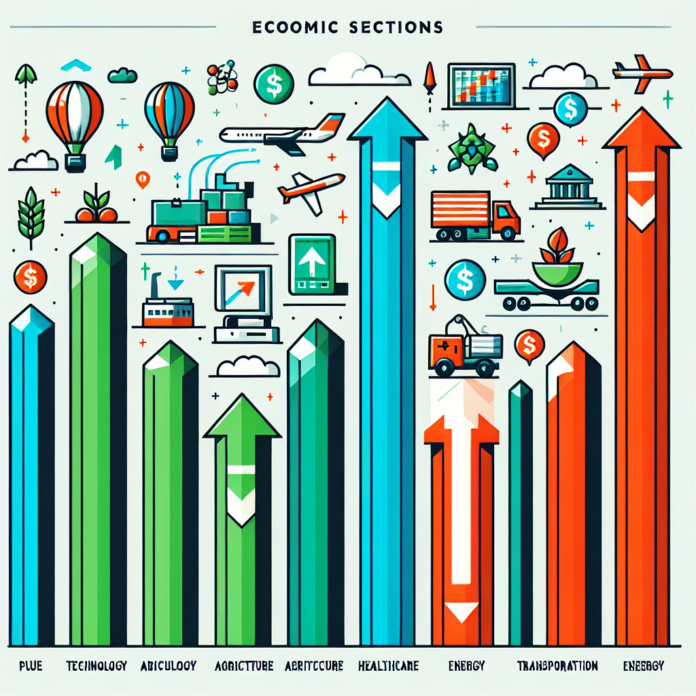Inflation is not a monolith; its impact can vary significantly from one industry sector to another, shaping the economic realities of businesses within each sphere differently. Understanding how inflation influences various sectors is crucial for business leaders, investors, and policymakers to navigate the challenges and opportunities it presents. This article aims to shed light on the multifaceted effects of inflation across distinct industry sectors.
Manufacturing Sector: The Cost of Production
In the manufacturing realm, inflation can lead to increased costs for raw materials and production inputs, directly affecting the bottom line. Manufacturers might pass these costs onto consumers, potentially reducing demand for price-sensitive goods. The capacity for businesses within this sector to absorb or mitigate these costs is critical for maintaining their competitive edge.
One resource for industry professionals is Industry Week, which provides up-to-date news and analysis on the manufacturing sector’s challenges, including inflation specifics.
Technology Sector: An Accelerating Pace with Inflation
The technology sector often experiences unique inflationary pressures. With rapid innovation and the short lifecycle of tech products, pricing strategies are complex. While the cost of developing new technologies might rise, the consumer price for tech goods often falls over time due to efficiency gains and scaled production.
For insights into the tech industry and its economic trends, one can refer to TechCrunch, a leading publisher of technology news and analysis.
Healthcare Sector: Inflation in an Essential Service
Inflation in healthcare can lead to higher costs for medical services, devices, and pharmaceuticals. With healthcare being a necessity, the sector often passes on costs to insurance providers and individuals, which can result in increased premiums and out-of-pocket expenses.
Professionals in this field keep up with industry trends via sources like Modern Healthcare, which covers economic factors affecting the sector, including inflation.
Agriculture Sector: Vulnerability to Price Changes
The agriculture sector is particularly sensitive to inflation due to its dependency on natural resources, weather conditions, and global commodity prices. Rising costs for feed, fertilizer, and equipment can significantly impact the prices of agricultural products. Inflationary pressures here can have a cascading effect on the food supply chain.
Agriculture industry trends can be monitored through specialized platforms such as AgWeb, which provides news and market analysis for the agriculture community.
Real Estate Sector: Inflation and Interest Rates
In the real estate sector, inflation typically leads to higher interest rates as central banks aim to control economic overheating. This can slow down the housing market, as mortgage costs rise and affordability decreases. Conversely, real assets like real estate can sometimes serve as a hedge against inflation.
For those invested in the property market, resources such as Zillow Research offer data and insights on how economic factors, including inflation, influence real estate.
Conclusion
Sector-specific inflation presents a complex tableau for businesses to maneuver, with each industry facing distinct challenges. The key to resilience lies in understanding these unique dynamics and preparing for their impacts. Firms must stay informed about the specific inflationary trends relevant to their sector to strategize effectively, whether through operational efficiency, financial hedging, or pricing innovations. It is this nuanced comprehension of inflation’s varied effects that will empower businesses to thrive, even in times of widespread economic shifts.




 AGF-B.CO
AGF-B.CO